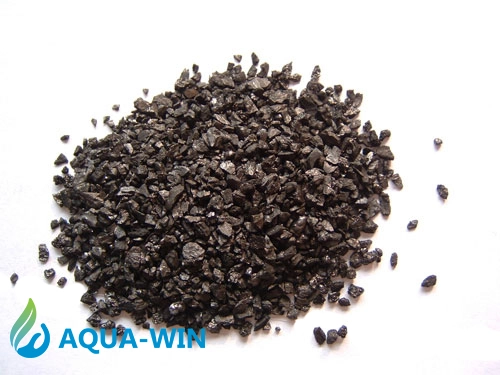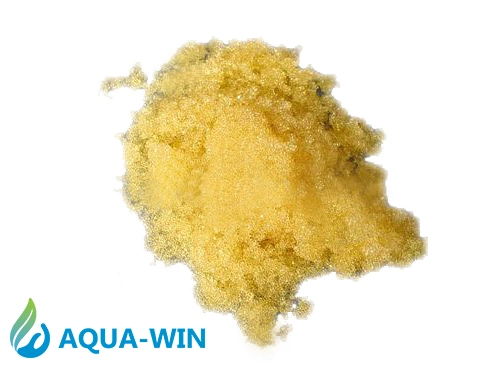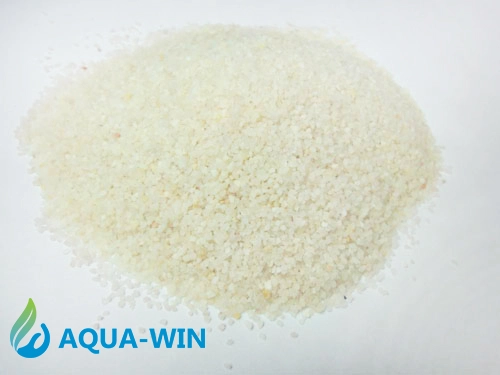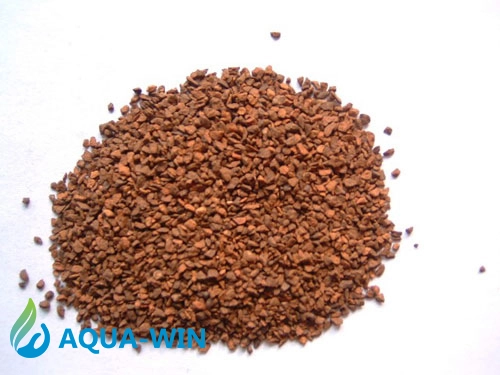FAQ
Filtering Media (activated carbon/resin/quartz sand/manganese sand)

Activated carbon (VIDEO)
Activated carbon is odorless, tasteless, insoluble in water and organic solvents. It has excellent adsorption characteristics and is widely used in various industries. For example, product de-colorization, deodorization, purification, detoxification, de-chlorination, recovery of volatile organic compounds in the gas phase and control of the escape of organic compounds, gas separation and adsorption of organic compounds in the liquid phase system, etc. The best application temperature is 60~70°C.
Classification
1. Powdered activated carbon (PAC)
It is mainly used in chemical purification/decolorization, beverage purification, refined sugar, pharmaceuticals...etc. liquid phase process and wastewater treatment for liquid phase adsorption of pollutants.
2. Granular activated carbon (GAC)
Generally used in gas phase applications such as gas absorption, solvent recovery, etc. in continuous operating systems. Its particles are larger, which can reduce pressure loss.
3. Cylinder activated carbon
The product is made of natural coconut shell, which is carbonized at high temperature, crushed and milled, granulated by machine, and activated by steam method. It is generally used in decolorization, deodorization and solvent recovery in industrial processes.
4. Spherical activated carbon (SAC)
It is more commonly used in the liquid phase fluid bed to adsorb special gases, and can also be used as a catalyst support.
5. Activated coal fiber
Fibrous carbon is mostly used in the gas phase with a large space and low concentration, such as a filter that absorbs VOCs (volatile organic compounds) or toxic substances in the air. Most commonly used in air pollution control equipment.

Resin (VIDEO)
1. Water treatment: The demand for ion exchange resin in the field of water treatment is very large, accounting for about 90% of the output of ion exchange resin, which is used for the removal of various anions and cations in water. At present, the largest consumption of ion exchange resins is used in the pure water treatment of thermal power plants, followed by atomic energy, semiconductors, and electronics industries.
2. Food industry: Ion exchange resin can be used in sugar, monosodium glutamate, wine refining, biological products and other industrial devices. For example: the production of high fructose syrup is to extract starch from corn, then undergo hydrolysis reaction to produce glucose and fructose, and then undergo ion exchange treatment to produce high fructose syrup.
3. Pharmaceutical industry: The ion exchange resin in the pharmaceutical industry plays an important role in the development of a new generation of antibiotics and the improvement of the quality of the original antibiotics. The successful development of streptomycin is a prominent example. In recent years, research has also been done on the commission of traditional Chinese medicine.
4. Synthetic chemistry and petrochemical industry: In organic synthesis, acids and bases are often used as catalysts for esterification, hydrolysis, transesterification, hydration and other reactions. The above reaction can also be carried out by using ion exchange resin instead of inorganic acid and alkali, and has more advantages. For example, the resin can be used repeatedly, the product is easy to separate, the reactor will not be corroded, the environment will not be polluted, and the reaction is easy to control. The preparation of methyl tert-butyl ether (MTBE) is to use macroporous ion-exchange resin as a catalyst, which is formed by the reaction of isobutylene and methanol, replacing the original tetraethyl lead, which can cause serious pollution to the environment.
5. Environmental protection: Ion exchange resins have been used in many environmental protection issues of great concern. At present, many aqueous or non-aqueous solutions contain toxic ions or non-ionic substances, which can be recycled with resins. Such as removing metal ions in electroplating waste liquid, recycling useful substances in film production waste liquid, etc.
6. Hydrometallurgy and others: Ion exchange resin can separate, concentrate, purify uranium and extract rare earth elements and precious metals from depleted uranium ore.

Quartz sand (VIDEO)
Quartz sand is a hard, wear-resistant and chemically stable silicate mineral. Its main mineral component is SiO2. The color of quartz stone (quartz sand) is milky white or colorless or translucent. It has characteristic of hardness of 7, o cleavage, shell-like fracture, grease luster, relative density 2.65, insoluble in acid, slightly soluble in KOH solution and melting point of 1750°C. In water purification field, the water with high turbidity is filtered through a certain thickness of granular or non-granular quartz sand to effectively intercept and remove colloidal particles, microorganisms, chlorine, bad smells, suspended solids, organic matter and some heavy metal ions in the water. Different mesh number of quartz sand is used based on different water yields.

Manganese sand (iron & manganese removal) (VIDEO)
The manganese sand filter material is a natural manganese ore sand with domestic high-quality manganese sand ore, dense grain, high mechanical strength, strong chemical activity, not easy to break, and insoluble in water. It is processed into sand by washing, grinding, impurity removal, crushing, drying, magnetic separation, screening, dust removal and other processes. The appearance of the manganese sand filter material is dark brown, nearly round, and the main component is manganese dioxide with content between 35% and 45%. It is processed from high-quality natural manganese ore, with unique effect on the removal of iron and manganese from groundwater.
Manganese sand filter material is used to treat groundwater, which is easy to operate and stable performance in long term. It can removes iron, manganese, arsenic and other harmful substances in the water without adding any chemical agents. The filtered water quality could meet the drinking water standard. Common specifications of manganese sand filter materials are 0.4-0.6mm, 0.6-1.2mm, 1-2mm, 2-4mm, 4-8mm, 8-16mm, 16-32mm. Special specifications can be processed based on different needs.




